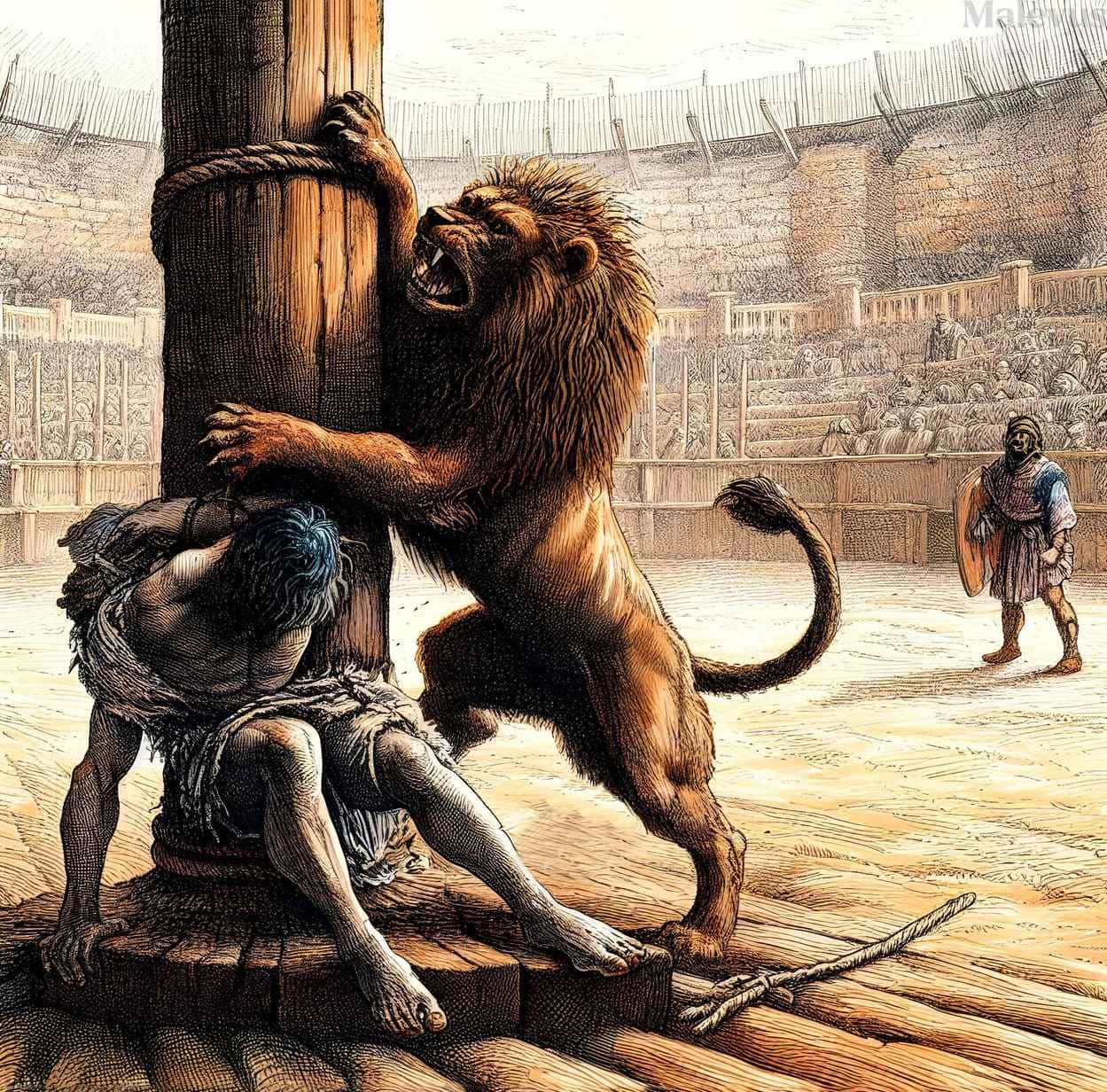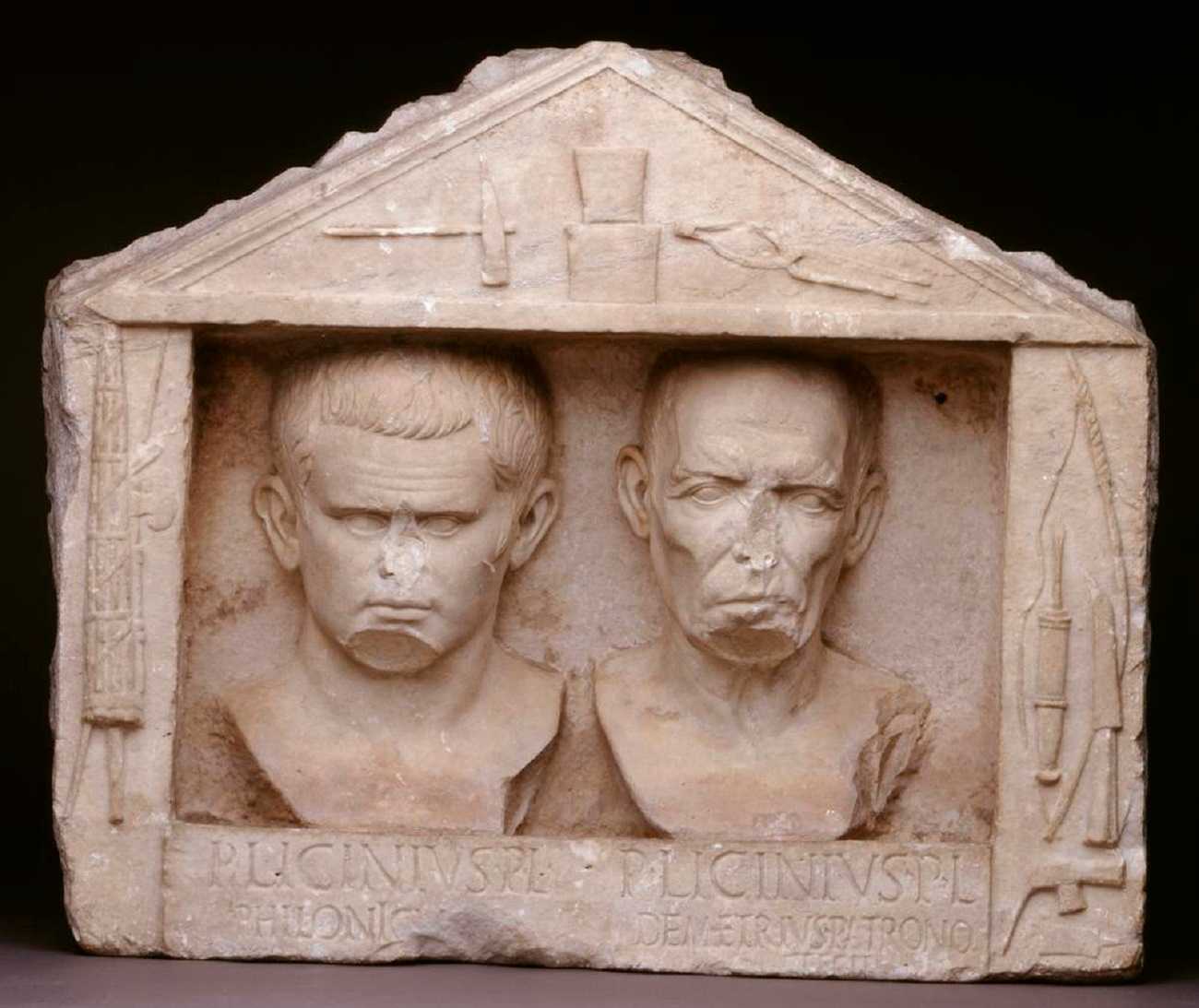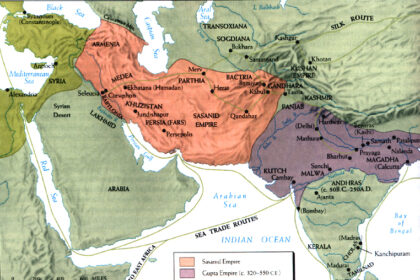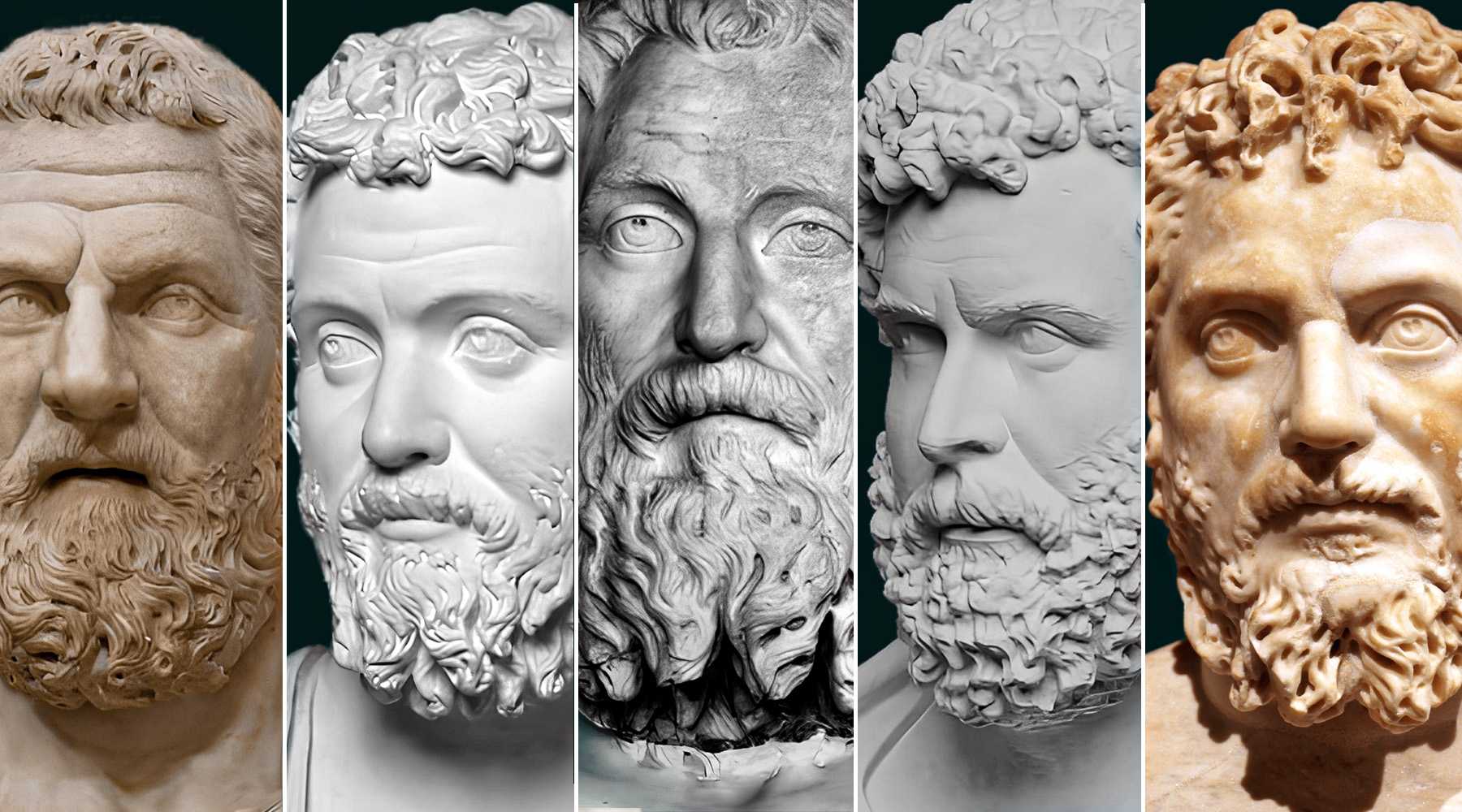Damnatio ad bestias: The Dark Side of Roman Punishment
Damnatio ad bestias was a brutal form of execution in which prisoners were thrown into an arena, usually the Roman Colosseum, to face wild and predatory animals such as lions, tigers, bears and other predators.






